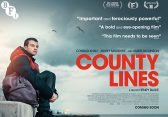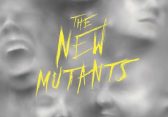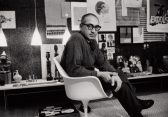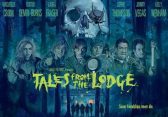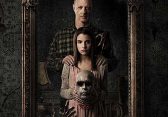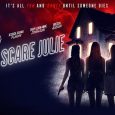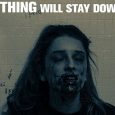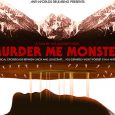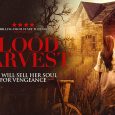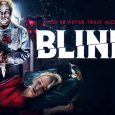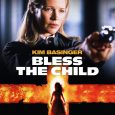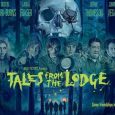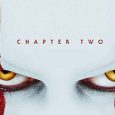Exploitation pictures of the late 1960’s and through the 70’s were notoriously popular for their over the top depictions of sex, violence and excessive gore. Usually confined to indoor theatres known as ‘Grindhouses’, they rarely saw the light of day. That all changed in 1978 with the release of John Carpenters Halloween, the story of a faceless killer stalking the small town of Haddonfield, Illinois. It pushed the exploitation out of the dark and into the public eye, making over $60 million dollars on a $320,000 budget. But by the late 80’s, the grind houses had become obsolete due to many factors, including the advancements of home cinema systems and as I previously mentioned, the success of slasher horrors in mainstream cinema.
In 2003, after a double feature showing at Quentin Tarantino’s house, long time friend Robert Rodriguez and QT decided to revive these pictures, with Rodriguez making a zombie horror called Planet Terror and Tarantino directing a thriller about a crazed stunt driver who stalks young girls before murdering them in staged car accidents. They even went as far as including ‘fake’ trailers, advertising movies that had no intention of being released but made to keep the nostalgic feel of the picture: Werewolf Women of the SS, Thanksgiving, Machete and Hobo With A Shotgun. However, these were so well received by fans who wanted to actually see an entire movie that Machete was picked up by producers, with Hobo following soon after.

I could caption this, but the imagery sums the movie up perfectly.
Arriving in Hopetown, a homeless drifter is appalled by the actions of deluded game show host & crime lord Ivan, who along with his sons, Drake & …, he controls the entire city. After standing back and watching in disgust, the drifter decides to take matters into his own hands and sets about cleaning up the place one shell at a time…
Right from the credits, you know this isn’t going to be a run of the mill type picture. Keeping the format that exploitation movies so frequently employed (large, blocky text for the title, the ‘Color by Technicolor’ logo etc), Hobo introduces us to the character instantly. A rugged, scruffy Rutger Hauer (legendary actor of such classics as Blade Runner, the original Hitcher and even Batman Begins) jumps off a train and into a hell hole. There’s no glamorous view of America here; the location this was filmed in genuinely looks as run down in reality as it appears in the film. Hauer is perfect as the Hobo: he delivers all of his lines with what sounds like a sandpapered throat, and in the process creates one of the most badass personas in recent memory. More importantly though, he steals the show by keeping to the background and letting the shotgun do the talking (metaphorically; although I wouldn’t have put it past the director to make the weapon speak, ’cause the rest of the movie is just plain crazy).
The rest of the casts performances are wonderfully terrible, as is the synth heavy, 80’s-esque soundtrack; this is a rare example where a movie intended to be mock/pay homage to “bad” movies, but in the process took on a life of its own, while still capturing it all perfectly. There’s even a ‘suiting up’ montage, so you know they mean business. There is minimal use of CGI, with Eisener wisely opting for good ol’ fashioned make up effects, keeping the deaths looking as realistic as possible.
Destined for cult status, Hobo With A Shotgun does what Machete, Death Proof and even Planet Terror valiantly attempted but failed: to recreate the movies shown in the grindhouses of past. The reason, in my opinion, is obvious: the low budget. Why spend millions of dollars trying to make a film look cheap when you can just make it cheaply in the first place?
Gratuitously violent, inventive and at times all out sadistic: vigilante justice never looked so rough.



